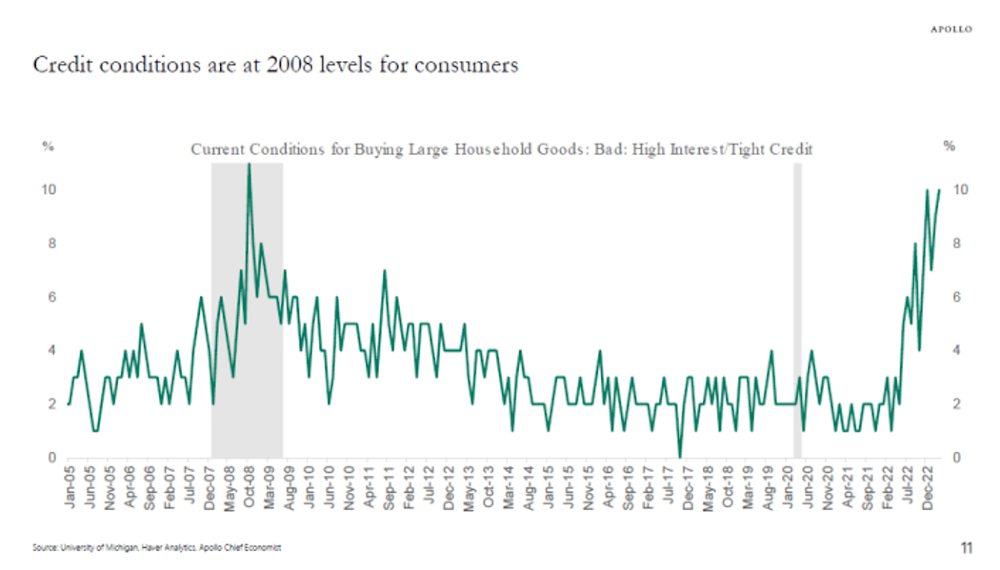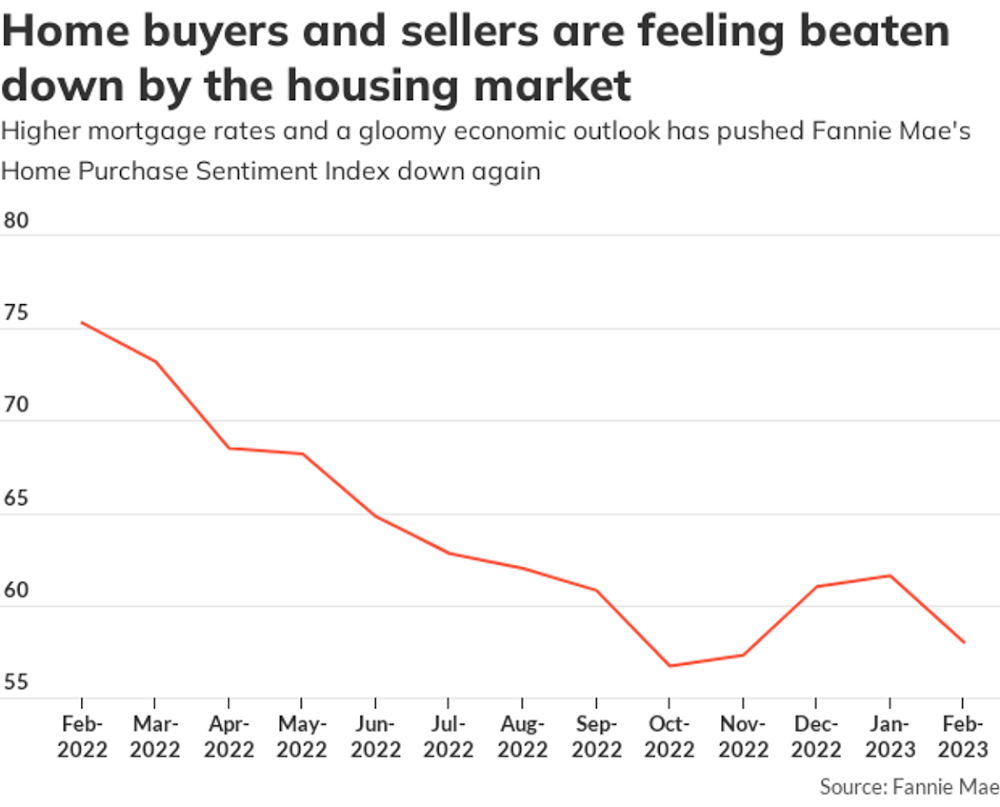By MarketWatch
The European Central Bank is "very vigilant" regarding downside risks to price stability, executive board member Benoit Coeure said in an interview with the Slovenian newspaper Delo published
The central bank's assumption is that inflation will accelerate to a rate around 2%, in line with the ECB's definition of price stability, which is an annual inflation rate of just below 2% over the medium term
"We are, however, closer to the area where inflation expectations could be altered and create downside risks to price stability," Mr. Coeure said
The ECB is prepared to act in such a situation, he added
"We remain firmly determined to maintain the high degree of monetary accommodation that is appropriate for the euro area economy, and will not hesitate to take further decisive action if required," he said
The ECB's definition of price stability has also been adopted by other central banks, such as the U.S. Federal Reserve, the Bank of England and most recently, the Bank of Japan, he noted
"My personal definition of price stability is a rate of inflation which does not distort economic behavior," he added
The European Central Bank is "very vigilant" regarding downside risks to price stability, executive board member Benoit Coeure said in an interview with the Slovenian newspaper Delo published
The central bank's assumption is that inflation will accelerate to a rate around 2%, in line with the ECB's definition of price stability, which is an annual inflation rate of just below 2% over the medium term
"We are, however, closer to the area where inflation expectations could be altered and create downside risks to price stability," Mr. Coeure said
The ECB is prepared to act in such a situation, he added
"We remain firmly determined to maintain the high degree of monetary accommodation that is appropriate for the euro area economy, and will not hesitate to take further decisive action if required," he said
The ECB's definition of price stability has also been adopted by other central banks, such as the U.S. Federal Reserve, the Bank of England and most recently, the Bank of Japan, he noted
"My personal definition of price stability is a rate of inflation which does not distort economic behavior," he added




















12 comentarios:
SAN FRANCISCO (MarketWatch) -- Moody's raised its outlook for Italy's government bond rating to stable from negative Friday, citing a projected leveling off of the government debt-to-GDP ratio and reduced likelihood that Italian banks will need government assistance. The agency said it would consider upgrading the rating if the economy strengthens on implementation of economic and labor market reforms. A downgrade could happen if the economy sags, or if the banking sector needs significant recapitalization from the government. Friday's resignation of Prime Minister Enrico Letta and the expectation that Matteo Renzi will head a newly formed government didn't affect the agency's projections.
German economy on upswing in winter: Bundesbank
Índice de precios de vivienda Alemán (Mensualmente) -0,2% 1,8%
ZEW Sentimiento económico Alemania 55,7 61,7 61,7
EUR Índice ZEW - Sentimiento económico 68,5 73,9 73,3
Balanza comercial en España -1,83B -1,20B -1,76B
CHF Expectativas de ZEW 28,7 40,0 36,4
•El BCE tiene 38.800 millones en deuda soberana española, un 20,9% del total
JPY Índice de Precios de Servicios Corporativos (CSPI) (Anual) 0,8% 1,2% 1,1%
Producción Industrial Español (Anual) 1,1% 1,4% 2,2%
CHF Ventas minoristas (Anual) 0,3% 3,3% 2,5%
Producción Industrial de Italia (Anual) 1,4% -0,7% -0,7%
Producción industrial Italiana (Mensualmente) 1,0% 0,4% -0,8%
NOK Inflación Núcleo Noruega (Mensualmente) 0,6% 0,6% -0,1%
NOK IPC Noruego (Mensualmente) 0,5% 0,5% 0,0%
NOK IPP Noruego (Anual) 4,0% 4,4% 5,3%
Subasta de BFT Francés a 12 Meses 0,211% 0,163%
Subasta de BFT Francés a 3 Meses 0,196% 0,156%
Subasta de BFT Francés a 6 Meses 0,203% 0,156%
FRANKFURT — The European Central Bank Tuesday laid out exactly how regulatory authorities should probe the assets of 128 of the euro-zone’s largest banks currently under review.
The publication of the 285-page manual, available on the ECB’s website, effectively launches the second phase of the ECB’s bank review, which will run until August.
Click to Play
Time to buy Puerto Rico bonds?
Puerto Rico's $3 billion bond offering is rated as junk, and will pay 9% tax free. If you are tempted, just don't think of it as a "safe" investment.
The review aims to scrutinize the currency bloc’s largest lenders equally, for example by employing consistent standards for nonperforming loans. The second phase of the asset-quality review will cover 3.72 trillion euros ($5.16 trillion), or 58% of total risk-weighted assets in the euro zone, the ECB said. On average, supervisors will review 1,250 credit files per bank.
The manual contains detailed guidance on procedures for validating bank data, valuing material exposures and collateral and determining provisioning needs. Supervisors will conduct on-site inspections to get clarity on 10 specific areas including bank processes and accounting practices as well as bank pricing models.
Banks will be expected to reflect the review’s findings in their 2014 accounts, the ECB said. Should the asset-quality review uncover issues requiring account restatements according to local law, banks would be expected to change their 2013 accounts, but the central bank said such an event would be “unlikely.”
Publicar un comentario